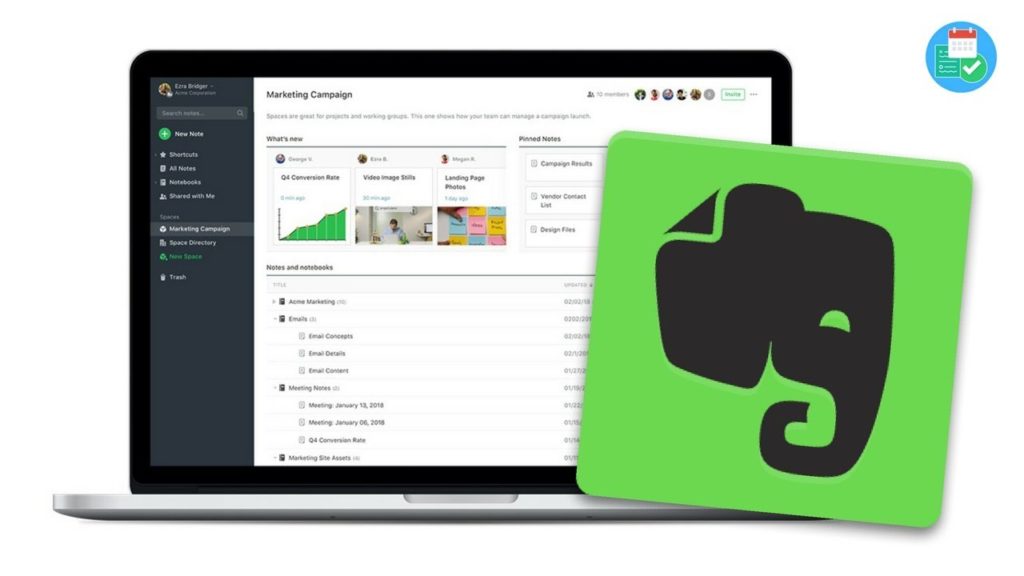
Integrated Camera Driver Installer Package Ver.1. Google Toolbar for Internet Explorer 1.0.0 Video driver: Intel(R) HD Graphics FamilyĪT&T Connect Participant Application v9.0.82 9.0.82Ĭorel DVD MovieFactory Lenovo Edition 7.0.0 Processor type: Intel(R) Core(TM) i7-2760QM CPU memory: 514 MB Kernel version: Windows 7 Professional, Multiprocessor Free Uptime: 21 days 4 hours 13 minutes 15 seconds

The output of the text file should look similar to the following: Psinfo -s \\Computer006 > C:\Report\Computer006.txt Psinfo -s \\Computer005 > C:\Report\Computer005.txt Psinfo -s \\Computer004 > C:\Report\Computer004.txt

Psinfo -s \\Computer003 > C:\Report\Computer003.txt Psinfo -s \\Computer002 > C:\Report\Computer002.txt Psinfo -s \\Computer001 > C:\Report\Computer001.txt Psinfo -s \\Computer > C:\Report\Computer.txtĪs with starting the remote registry service, use a spreadsheet and create a list of commands as such: Then execute the command to pipe the installed applications on the target computer to a text file as such: With the remote registry service enabled, proceed and download the psinfo.exe tool from: Remotely Dumping Programs and Features List You can use a spreadsheet and populate rows with the desktop names and concatenate the sc \\ + desktopName + start remoteregistry then execute the commands in bulk as such:

The first step is to start the remote registry service on the remote desktop with the sc command as such:

The environment did not have any management software that could pull this information so I ended up using a combination of the sc command and psinfo to retrieve the information and thought that I’d write this blog post so I could reference this method in the future. I was recently asked by a small client to provide them with an inventory of the application installations on their 30 or so desktops for documentation purposes.


 0 kommentar(er)
0 kommentar(er)
